Adopting a New Cat? Here's Everything You'll Need
So you’ve decided to take the leap and become a cat parent. (Yay!) If you’re a first-time cat owner, you may be feeling overwhelmed and unsure of what your new kitty needs. Not to worry. Here’s a checklist of all the basic supplies to stock up on and all the steps to take as you welcome your new fur baby into your life.
Shopping List of Necessary Items for First-Time Cat Owners
If you’re a first-time cat owner, there are a number of items you’ll want to stock up on. The following checklist should cover all the essentials for new kitty parents.
A Durable Cat Carrier
One of the first things you’ll want to do is take your cat to the vet, and to do that, you’ll need a durable cat carrier. A cat backpack is a great option, and you can reuse it if you ever decide to take your kitty on walks around the neighborhood, or on more ambitious travels like flights and camping trips. (If you’re not sure what to look for when choosing a cat backpack, check out our list of the 7 best cat backpacks for 2024.) You may also want to get something like "The Odyssey" Soft Cat Carrier for Every Day and Air Travel.

Vet Recommended Food
In the beginning, it’s best to find out what food your cat was eating in her previous home so you can feed her the same thing, at least for a week or two. When your kitty first comes to live with you, she’ll be adjusting to a lot of changes, and keeping her food constant is one way to help ease the transition. But once she’s settled in, you may want to ask your vet for a cat food recommendation.
Water Fountain and Feeding Bowl
Cats need a lot of water, and a drinking fountain is a great way to encourage them to stay hydrated, as the sound of running water draws their attention. Many kitties prefer running water to standing water, and a fountain also helps them get a drink without wetting their whiskers (something kitties are very particular about). Besides a regular food bowl, it’s not a bad idea to keep a portable dish among your kitty travel supplies.
Litter Box, Litter, Mat, and a Scoop
A litter box is a must, but don’t forget that you’ll also need a litter mat to go under the box, a scoop to clean out and replenish the litter, and of course, a good supply of cat litter itself–preferably unscented, as that’s the kind most cats prefer. And don’t forget an on-the-go litter box for traveling.
A Soft, Warm Bed and a Cat Tree or Scratch Post
Cats spend about 60-70% of their lives sleeping, and they like to do so in a warm, cozy place. A nice cat bed will help keep your kitty happy (but don’t be surprised if she prefers to snuggle up in your bed). For the few hours a day when your kitty isn’t dozing, she’ll need a cat tree or scratching post to keep her claws healthy and use up some of that boundless energy. If you live in a small apartment and want to maximize your space, consider getting a bed that doubles as a scratcher.
Brush and Grooming Tools
Short-haired kitties should be brushed about once a week, while long-haired cats may need daily grooming. To keep your fur baby well groomed, you’ll need a brush or comb (depending on your kitty’s type of coat), a nail clipper, cat toothpaste, and a toothbrush. At some point, your kitty will need a bath, and when that happens, you’ll want to have a good non-toxic cleaner on hand.
Collar, ID Tag, Harness, and Leash
Getting your feline a collar with tags is one of the first things you should do as a responsible cat parent. Even if you don’t plan on going for walks with your kitty, you’ll still need to take him to the vet, and when you do, it’s a good idea to keep him on a leash in case he suddenly decides to make a break for it. The safest way to use a leash is with a harness, and you may want to read up on how to put a harness on your cat ahead of time.
Catnip and a Few Toys
As soon as you see those adorable furry ears and cute little whiskers, you’re going to want to spoil your new kitty rotten. But resist the urge to go overboard. Start small with some catnip and a few different kinds of toys, so you can find out which ones your fur baby likes best. While you can definitely use treats to coax your kitty and reward good behavior, treats should make up no more than 5-10% of your cat’s diet.
Make a Vet Appointment Post Adoption
Soon after adopting a new cat, you’ll want to schedule an appointment with the vet to get your kitty checked for vaccinations, discuss flea and tick prevention, get a dental checkup, and microchip your cat.
Get Your Cat Checked for all Vaccinations
Even indoor kitties can benefit from getting vaccinated. Veterinarians usually recommend that all felines get the core vaccines, which protect against dangerous, highly contagious diseases common to cats. The core vaccines are:
- Rabies
- Feline Viral Rhinotracheitis, Calicivirus and Panleukopenia (FVRCP)
- Feline herpesvirus type I (FHV, FHV-1)
If your kitty spends a lot of time outdoors or among other cats, your vet may also recommend these vaccines:
- Feline immunodeficiency virus (FIV) and Feline Leukemia (Felv)
- Bordetella
- Chlamydophila felis
A good veterinarian will help get your kitty up to date on all the vaccines she needs to stay healthy and happy.
Discuss Flea and Tick Prevention With the Vet
If you’re a first-time cat parent, your vet can give you some advice on how to keep your kitty safe from fleas, ticks, and other parasites. This is especially important for outdoor cats, but it’s also a concern for indoor kitties. Fleas can make your fur baby uncomfortable, itchy, and sick–while ticks can transmit serious diseases.
Get a Dental Checkup Done
Just like humans, felines can develop dental problems like plaque, gingivitis, and ulcers. Checking your kitty’s teeth for these issues can be difficult, not just because you may not know what to look for, but because your fur baby may not let you get a close enough look. That’s why it’s important to take your kitty to the vet regularly so he can check her teeth and let you know if any special treatment is needed.
Microchip the Cat
Cats are notorious for getting lost, but a microchip makes it easier for your kitty to find his way home. A tiny chip with a unique ID number is placed under your kitty’s skin, and when scanned, it will pull up your contact information. This way, if anyone finds your cat, they can take him to an animal shelter or veterinary office and find out who he belongs to. If you’re especially concerned about losing your kitty, you might even want to get a GPS tracker and/or a harness that fits a tracker, so you’ll always know where your fur baby is.

Essentials to Have if You are Adopting a Small Kitten
Few things are cuter than a fluffy, bouncy little kitten. If you’re adopting a kitten, you’ll still need to cover the basic supplies checklist. But you may want to make some adjustments for your little ball of energy.
Kitten Food
Kittens need a balanced diet that fuels growth and supports their high energy. Start by feeding your kitten protein-rich wet food that contains calcium and DHA. At six to eight weeks, start slowly introducing dry food–you may want to start with moistened dry kibble and alternate between dry and wet food. Your vet can recommend the best type of food for your kitty, or you can simply look for a food that’s specially formulated for kittens. The package should tell you how much to feed your kitten based on how old she is.
Kitten May Need Litter Box Training
Unlike most adult cats, your kitten will probably need to be taught how to use the litter box. To protect your home from kitty spills, keep your kitten confined to one room until he’s used the litter box at least once. To help your fur baby get used to his litter box, be sure to choose an unscented type of cat litter, get a big enough box, place it in a quiet, isolated area, and scoop it out every day.
Toys for a Kitten
Your kitten needs toys that will enrich her developing mind and burn off some of that chaotic energy. Fishing poles, balls, squeakers, wands, feather toys, and food-dispensing toys are all good fits. Make sure your kitten has some toys she can play with alone, like balls and squeaky toys, for the times when you’re busy or not at home. Scratching posts are also a great way for kittens to expend some energy. While it goes without saying, don’t get any toys with sharp edges or parts that could hurt your kitten.
Don’t Put on a Collar Immediately
Kittens are easily spooked, and when your fur baby first comes to live with you, there will be a lot of new sights, sounds, and smells for her to get used to. To help ease her transition, wait until she’s at least six months old to put her collar on, and make sure it fits properly when you do.
Supplies Needed If You Have Adopted an Adult or Elderly Cat
While there’s no denying kittens are adorable, adult and elderly cats also make great pets. So what do you need for a grown-up or senior kitty? In addition to all the supplies listed above, like a food dish and bed, there are a few more special considerations for your kitty who’s getting on in years.
For one thing, be sure to get her an extra soft, warm bed, or a bed you can put in a warm location. Place her food and water in easily accessible locations, and if your home has multiple levels, it’s not a bad idea to place cat food and water on every level in case she has trouble with stairs. When it comes to food, older cats sometimes have trouble with dry food, so you may want to feed them wet or moistened food, or a balanced diet of both wet and dry food. Senior kitties may have trouble getting into a litter box with high sides, so either use one with lower sides or cut a door hole for your feline to go through. If your kitty is a little on the chubby side, you may need a bigger carrier, like The Fat Cat Backpack. Finally, don’t think just because your feline is getting up there in years, she won’t enjoy playing with feather wands and climbing cat trees.
Other Things to Consider When Bringing a New Cat Home
Do You Have a Cats-Only Space?
Your cat needs a room of her own. Whether that’s simply a cozy corner of your living room, an empty closet, or a spare bedroom, it should be a secluded, comfortable space where your kitty can go for some much-needed quiet time. Furnish the space with your kitty’s food and water, a few toys, a bed, and a hidey hole (a cardboard box works fine). Having a little place where she feels safe will make adjusting to her new settings much easier.
When You Have Other Pets in The House
If you have other pets in the house, don’t introduce them to your new fur baby right away. Your kitty will need a day or two to himself before he feels ready to meet the family. Keep your pets apart as much as you can for the first couple days, then introduce them to each other slowly, one at a time, and be sure you’re there to supervise. The Feline Fun House Portable Cat Play Tent may help with this process, as you can keep one pet inside the play tent and let them safely sniff each other out. (It's also great for taking your kitty outside!)

In Case There Are Small Kids in Your House
The same goes for introducing your cat to small children. Wait a day or two, then take it slow and gradually build up to longer amounts of time spent together. Let your cat approach the child first, and make sure the child knows to be gentle with your new furry family member. You might start with an activity that doesn’t involve physical contact, like rolling a ball back and forth.
Adopting a New Cat: FAQs
Is it okay to leave your new kitten alone during the day?
Young kittens shouldn’t be left alone for too long, as they quickly get lonely. Kittens between two and four months old should only be left alone for about four hours at a time, but when they reach six months, you’re probably safe leaving them home alone for eight hours. If you do need to leave a kitten alone for a few hours at a time, you may want to put him in a safe room with toys, food, water, and litter.
Does it take very long for a cat to get acclimated to its new surroundings?
Like people, kitties need a little time to adjust to their new surroundings. Most healthy cats will take a few days to a week, but some may need a couple weeks to get acclimated. When your fur baby first moves in with you, be gentle and don’t crowd her. Lots of people, loud noises, or too much attention can make it harder for your kitty to get used to her new surroundings.
Is owning a cat expensive?
A cat is definitely one of the less expensive pets you can bring home, but you should still budget around $400 for your first year of cat ownership. There are plenty of ways you can cut costs, such as adopting–which is often cheaper than buying from a pet store or breeder–and buying healthy but not too fancy food and treats.
How to help your kitten sleep on the first night?
You can’t blame your kitten for having nerves on her first night in a big new house. Luckily, you can help your fur baby get a good night’s sleep with a little TLC. One of the best things you can do is make sure your kitten is nice and warm. Put her bed in a warm room and pile on plenty of blankets. Kittens are not fans of things that go bump in the night, so put her in a quiet room and avoid making any loud noises. Pro tip: play with your kitten before bedtime so she’s tired out and ready to sleep.
Is there anything you shouldn't miss before bringing your new cat home?
Before bringing your new cat home, be sure you have a comfy cat bed, a litter box, and enough of the type of food your kitty is used to eating. You’ll also need food and water dishes. Treats and a few toys, including a cat tree or scratcher, can also help your feline feel at home.
How often should you check up on a new cat?
KIttens should go to the vet regularly for vaccinations, starting around age six to eight weeks, but healthy adult cats are probably safe going in twice a year, or once every six months. Regardless, you should take your new cat to the vet soon after adoption to get him vaccinated and check for any health issues. At your first visit, your vet can give more specific advice on how often to bring your fur baby in for a checkup.
SHOP CUSTOMER FAVORITES
MORE CAT TRAVEL RESOURCES & FUN
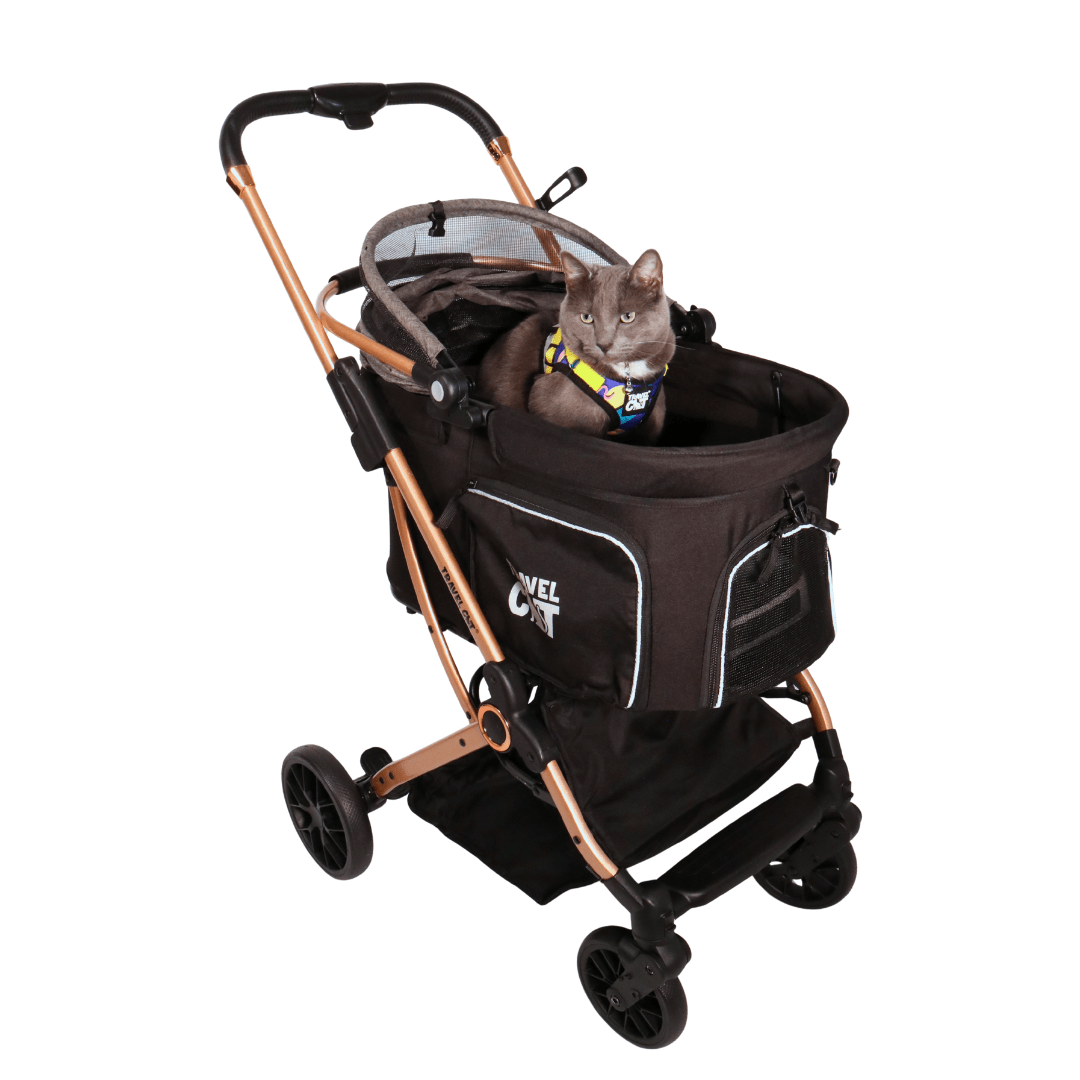
How to Get Your Cat to Love the Stroller
(Without bribes, begging, or betrayal) Let’s face it — cats aren’t known for embracing change. New toys? Suspicious. Rearranged furniture? Offensive. So when it comes to something as bold as a cat ...
Read more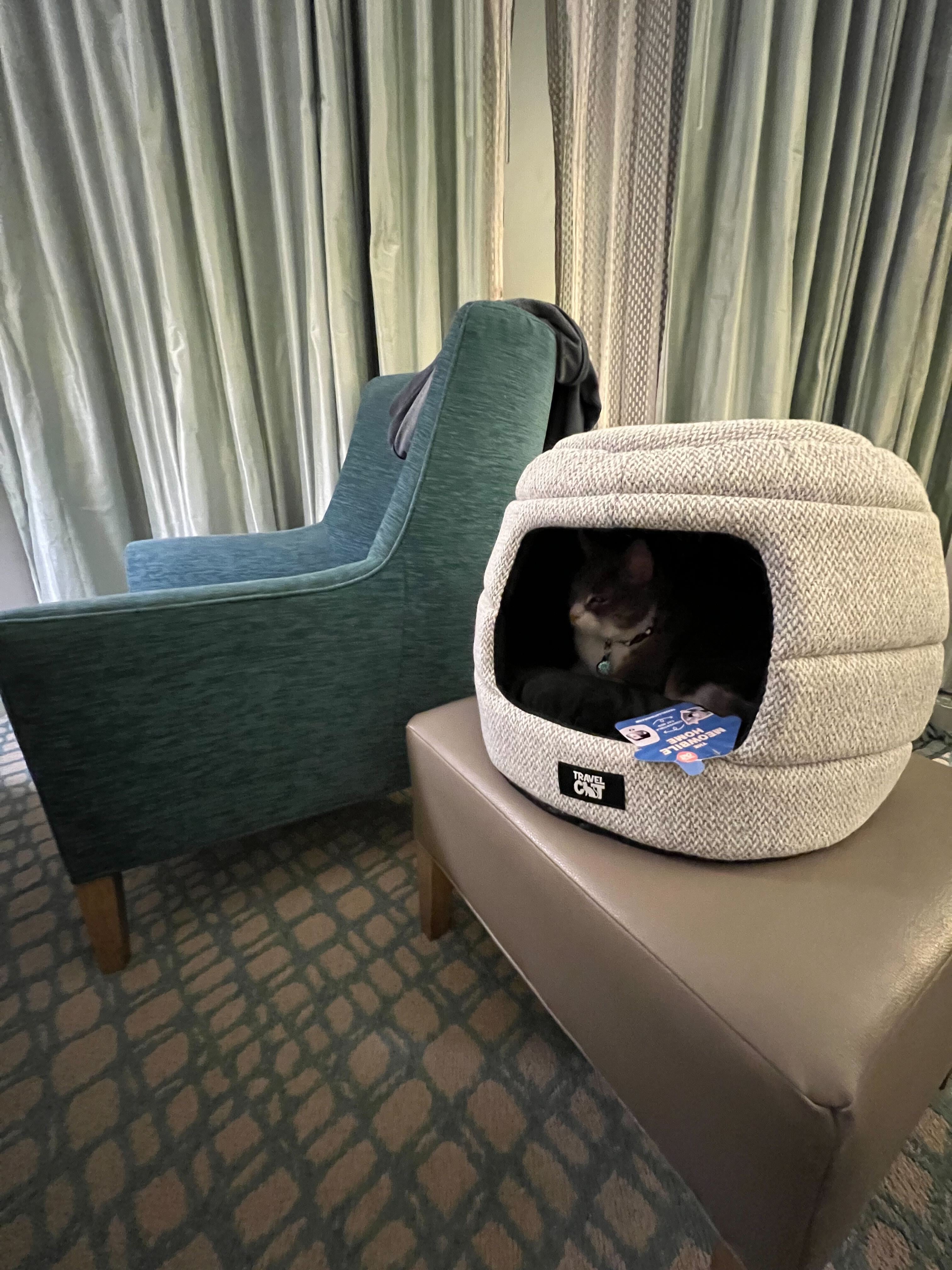
The Ultimate List of Cat-Friendly Hotels in the U.S. - More Than Just Pet-Friendly
Discover the best U.S. hotels that truly welcome cats. From big chains to campsites, this is the ultimate cat-friendly stay guide.
Read more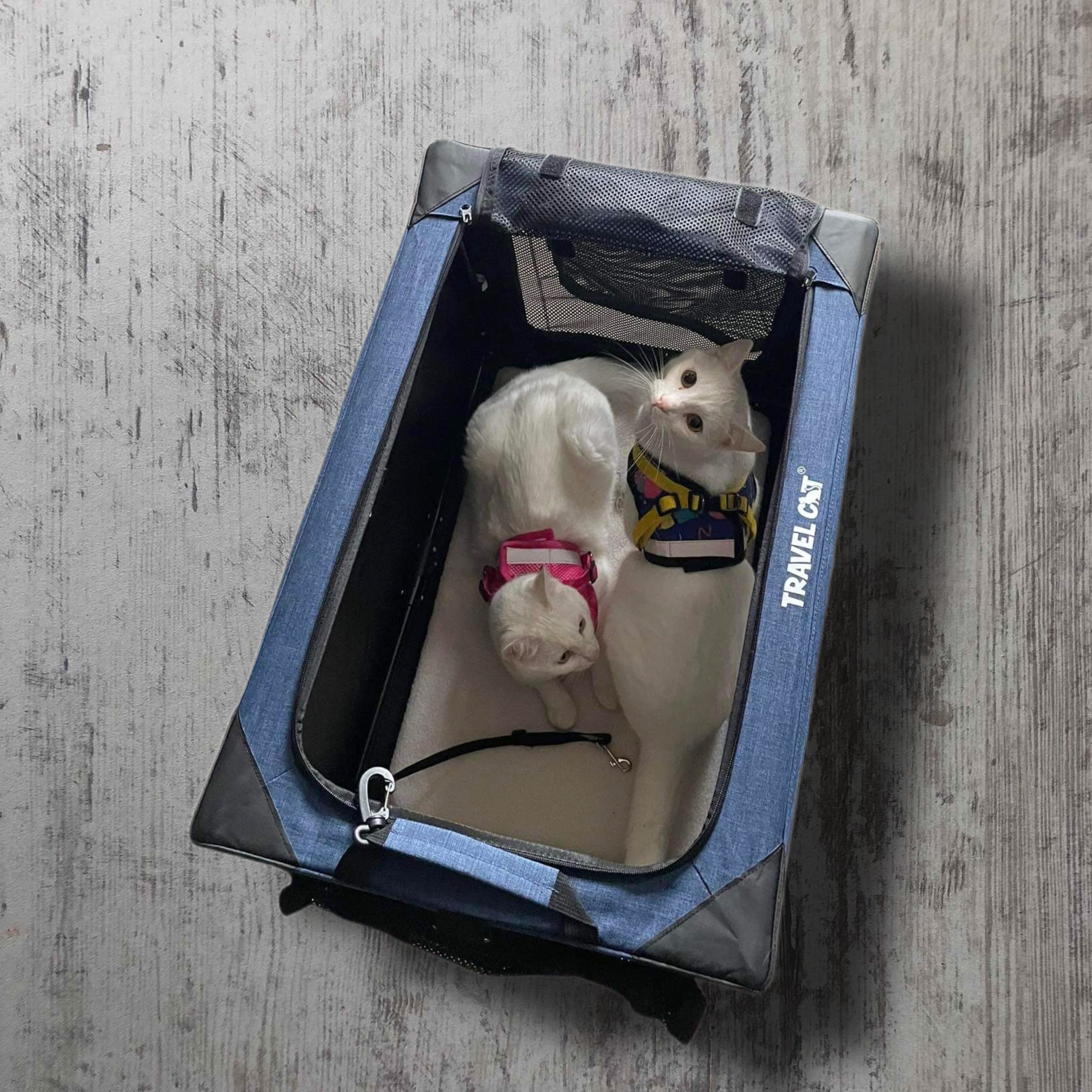
Your Purrfect Guide to Holiday Travel with a Cat: How to Take Your Pet with You Stress-Free
Whether you’re heading home or to a far off vacation, bringing your kitty along can be a challenge. But don’t worry—we’ve put together some trusty tips for traveling with your cat during the holidays.
Read more
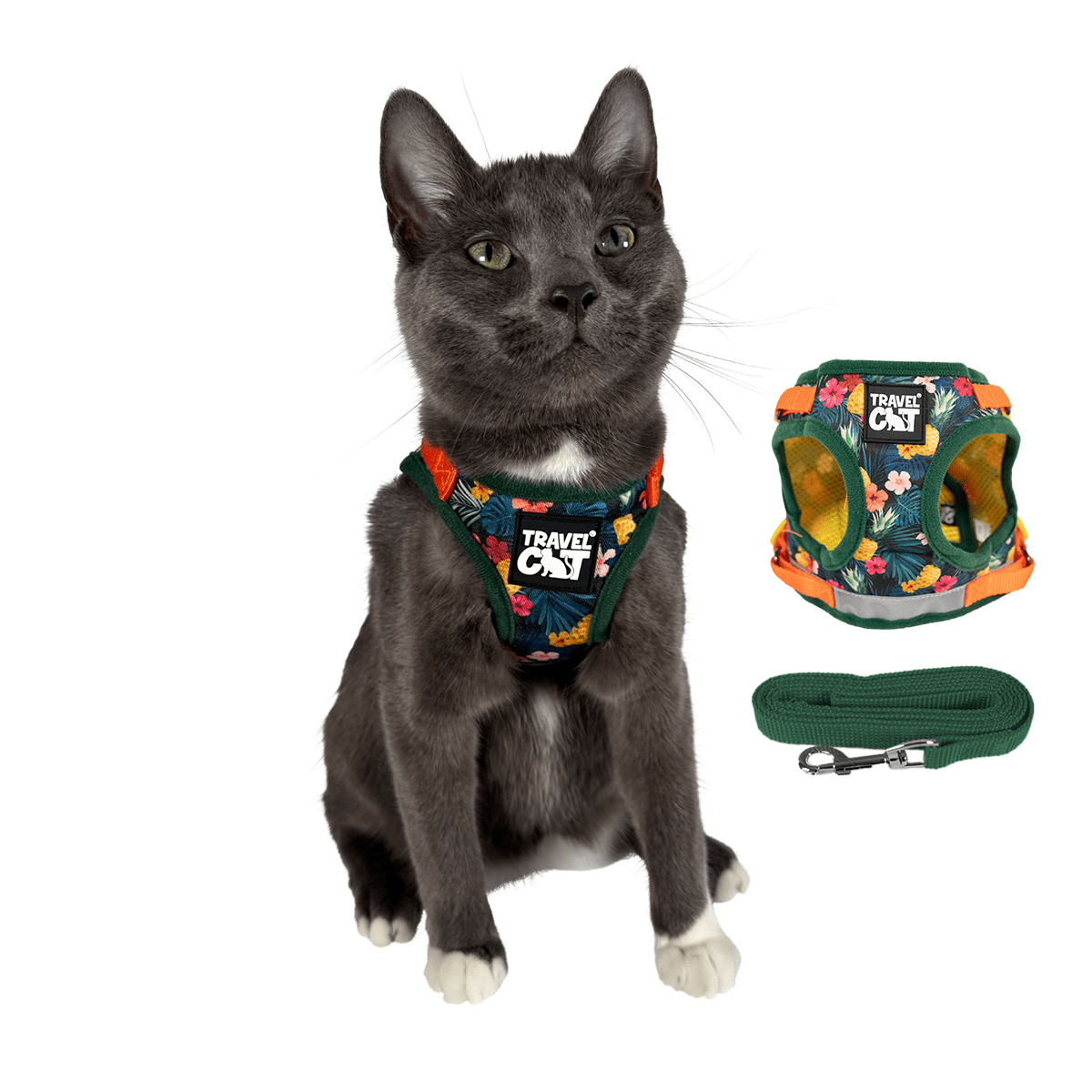
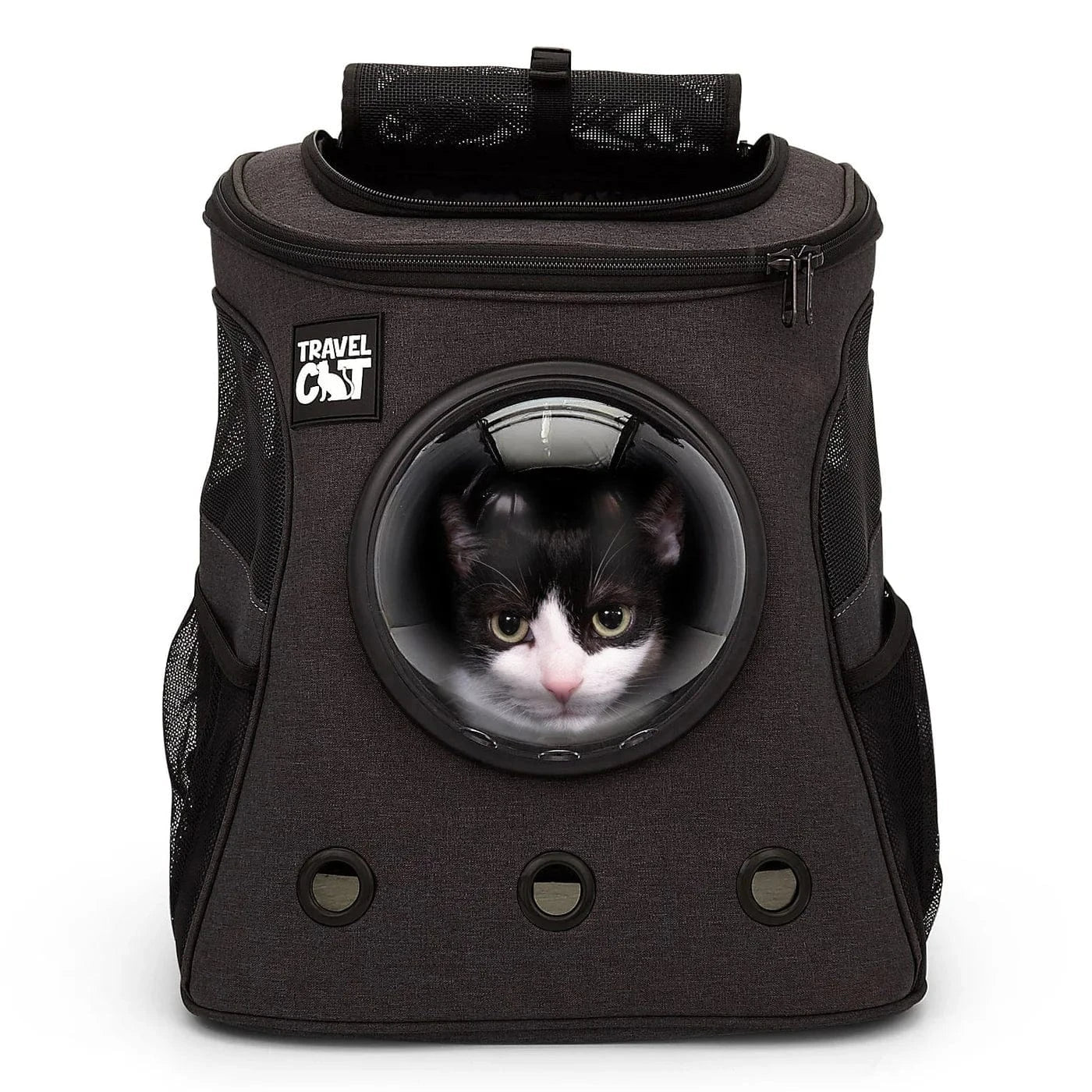
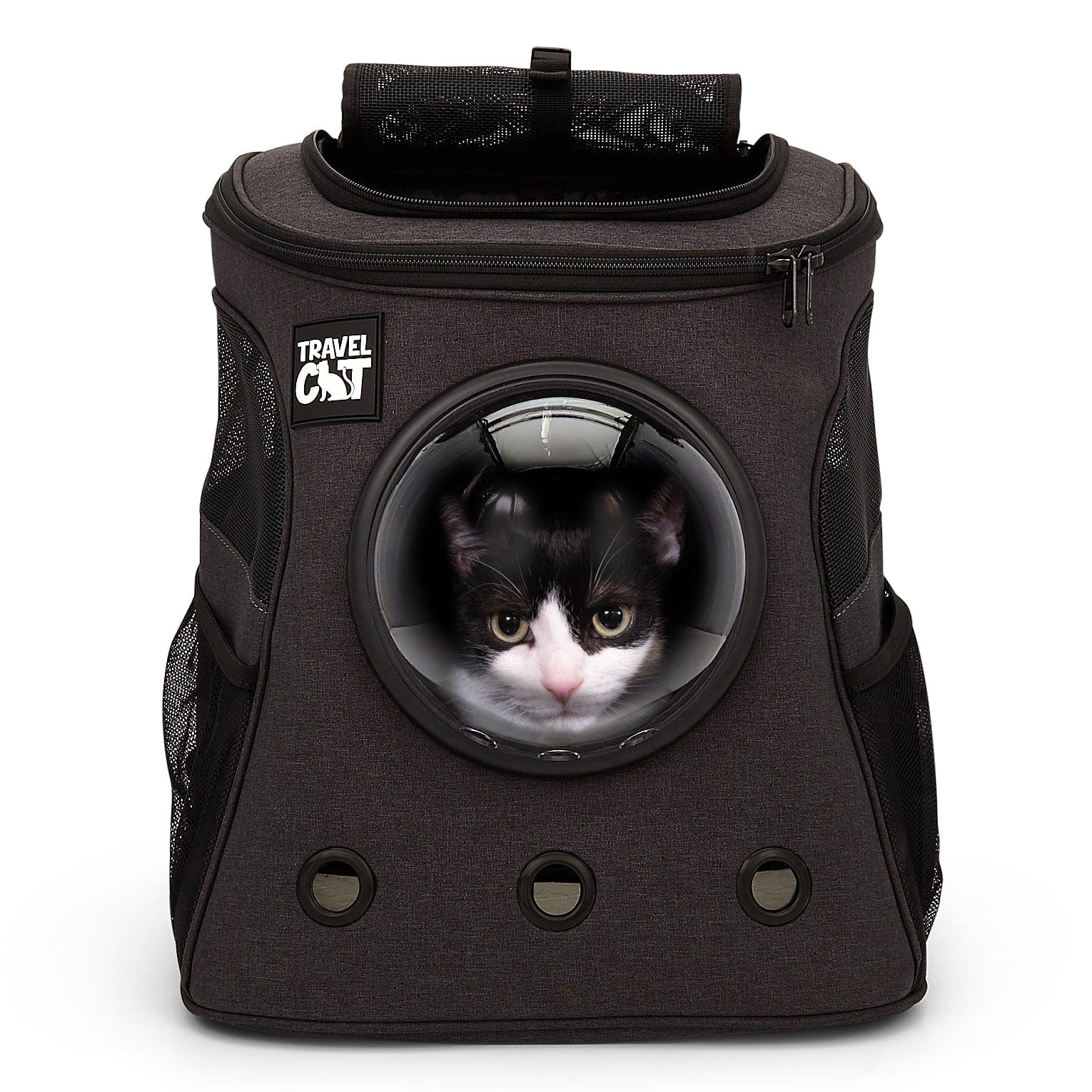
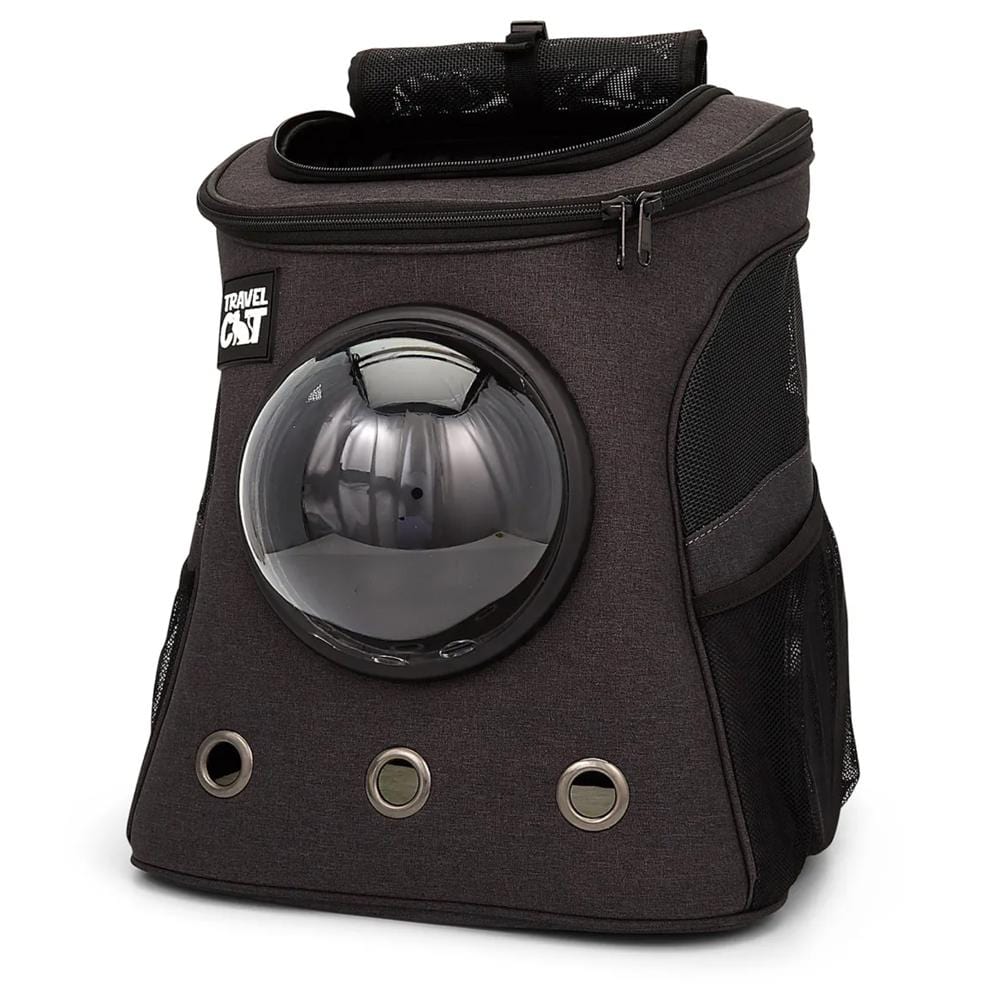
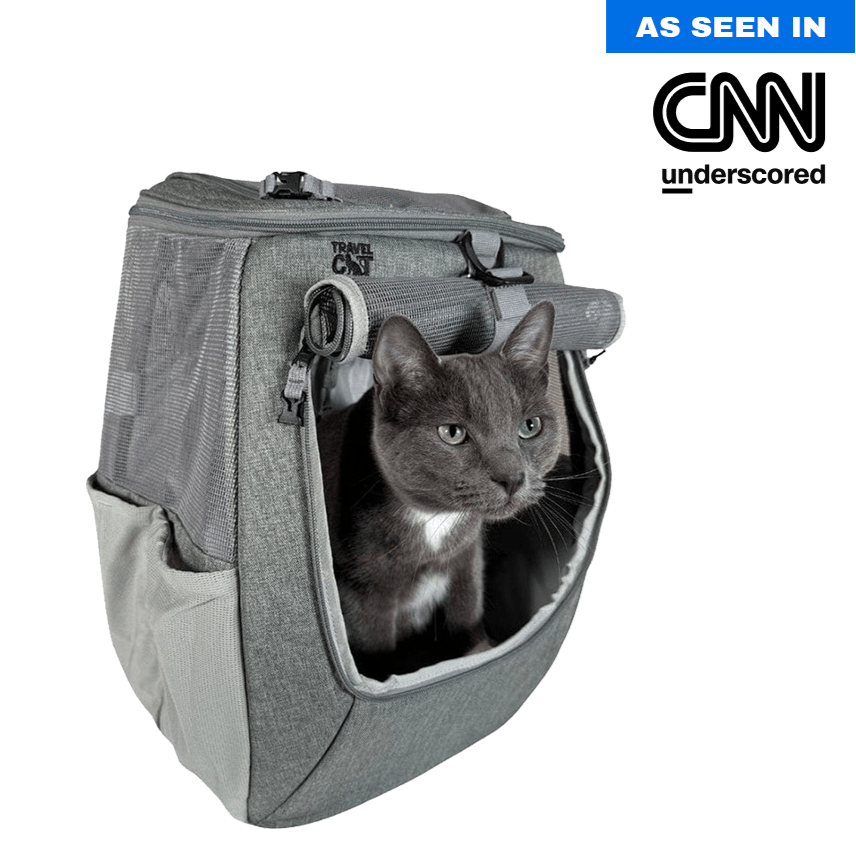
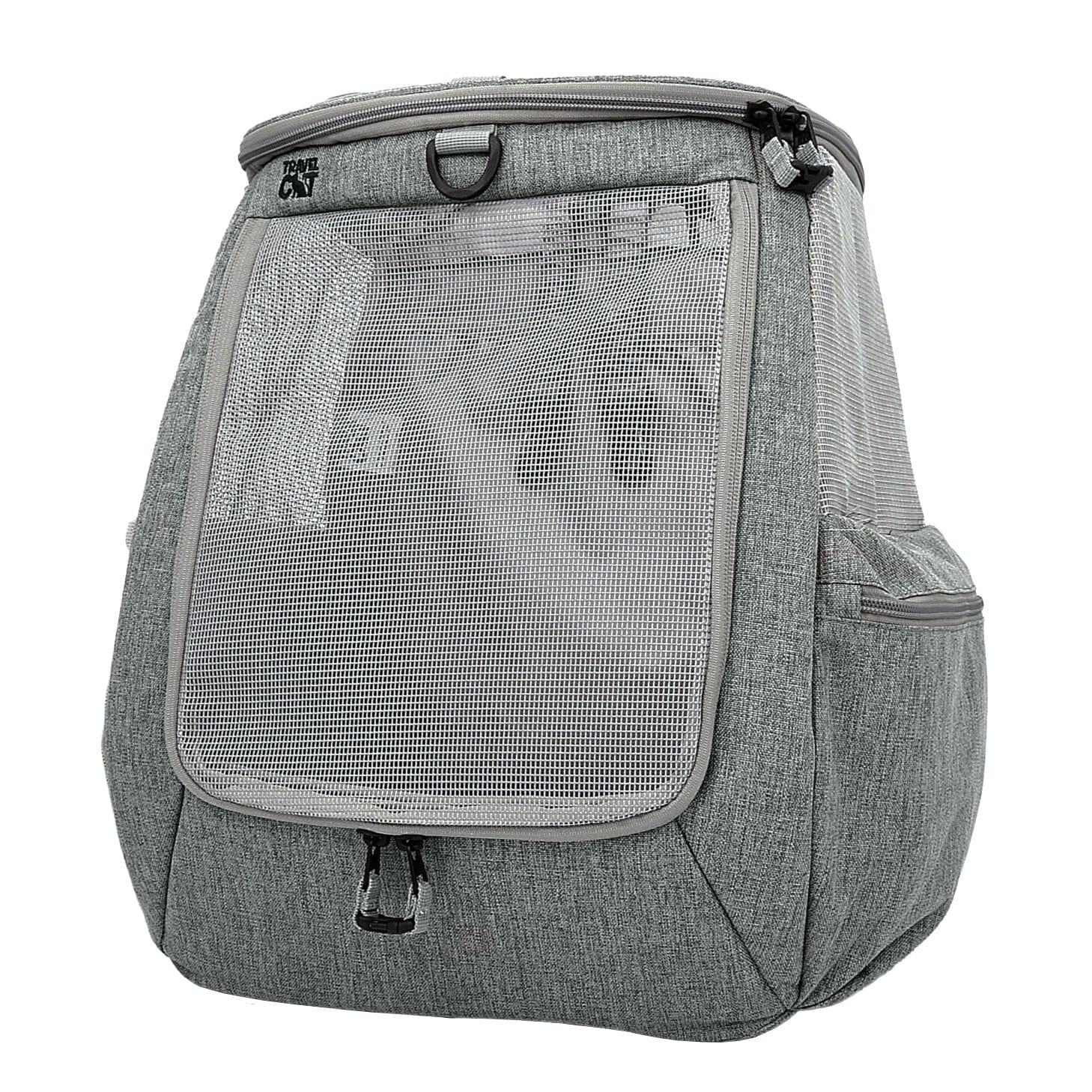
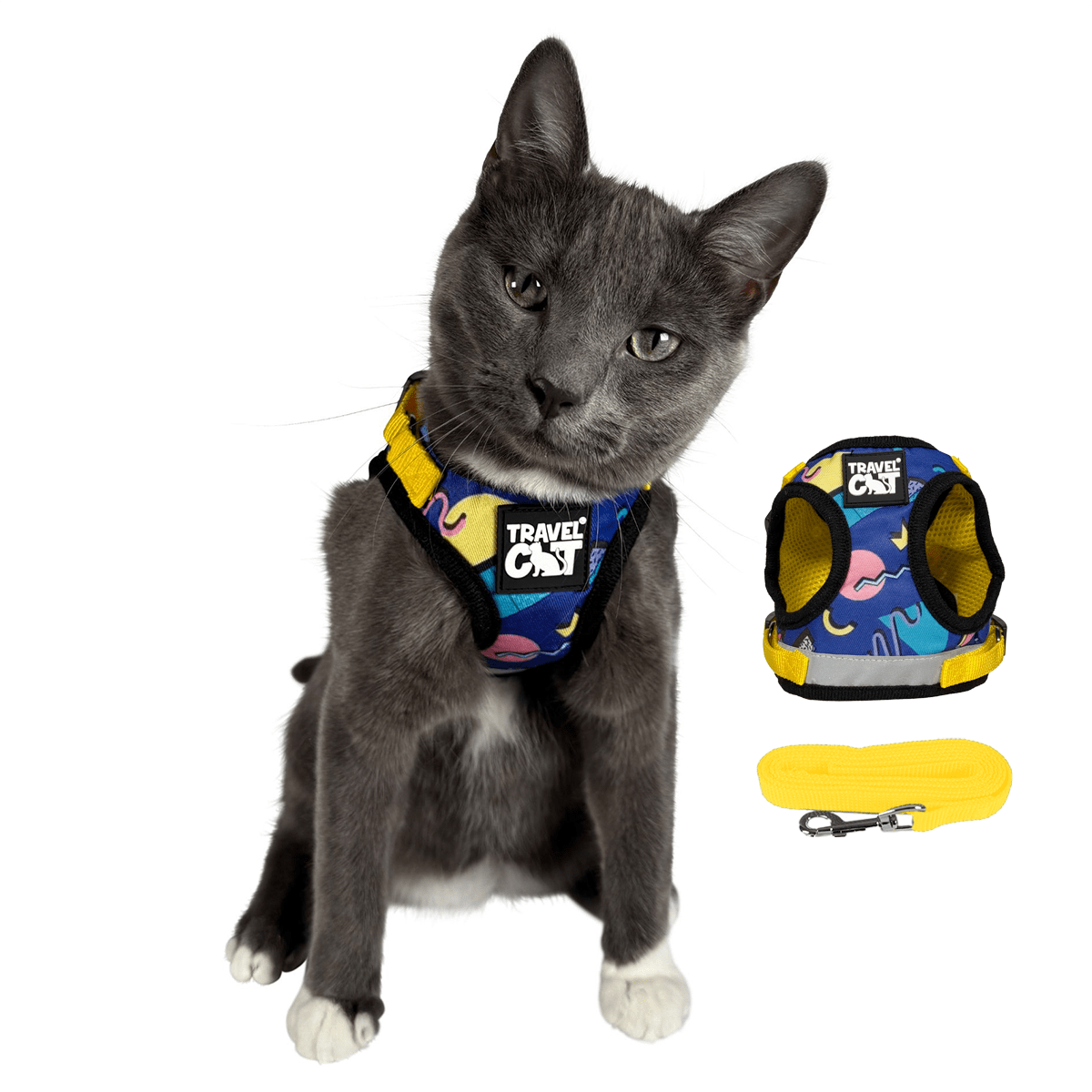
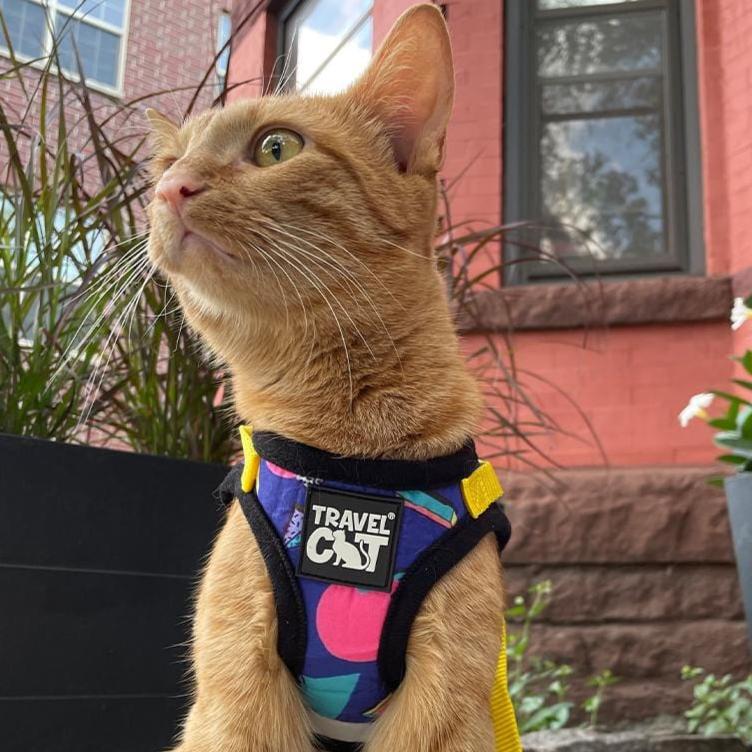

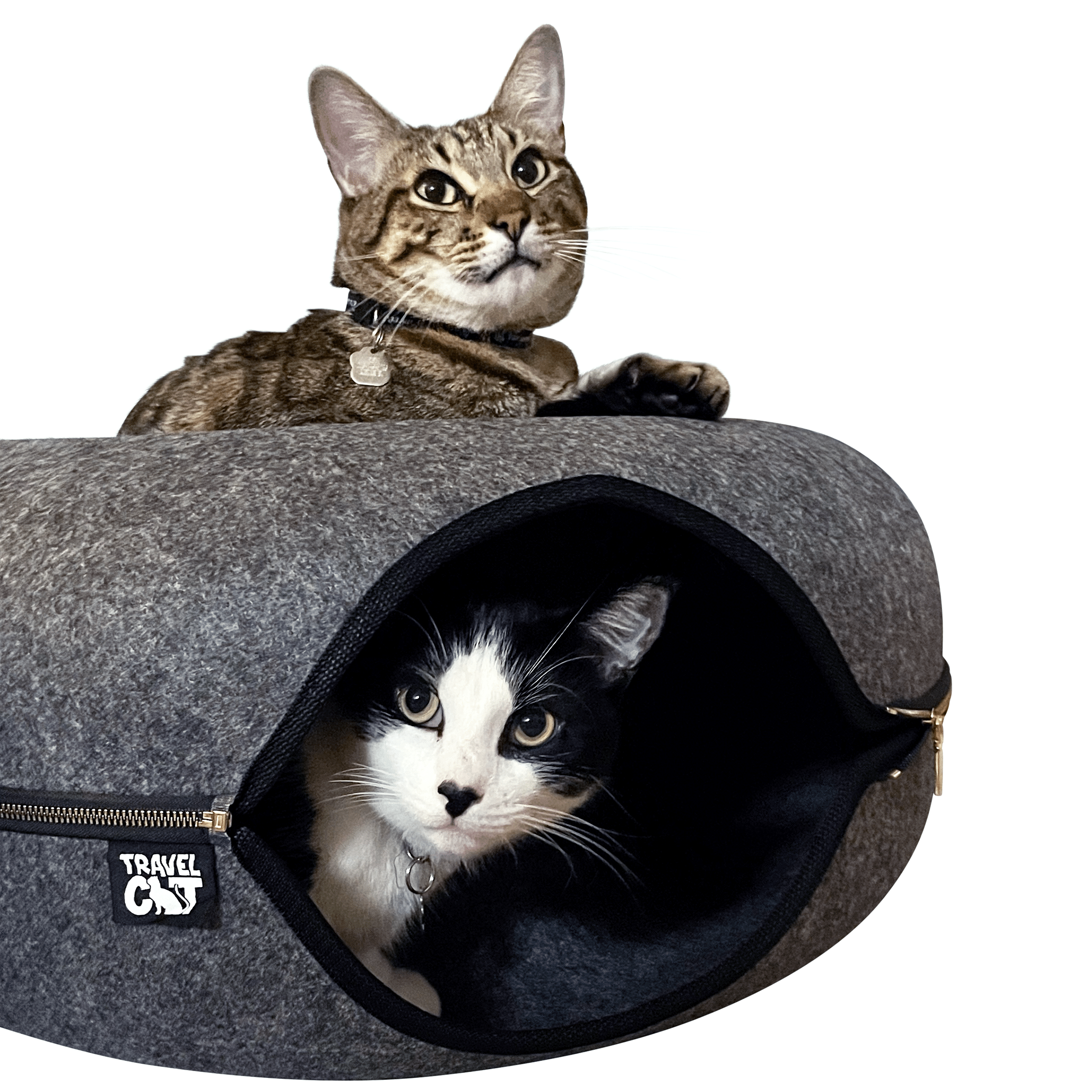
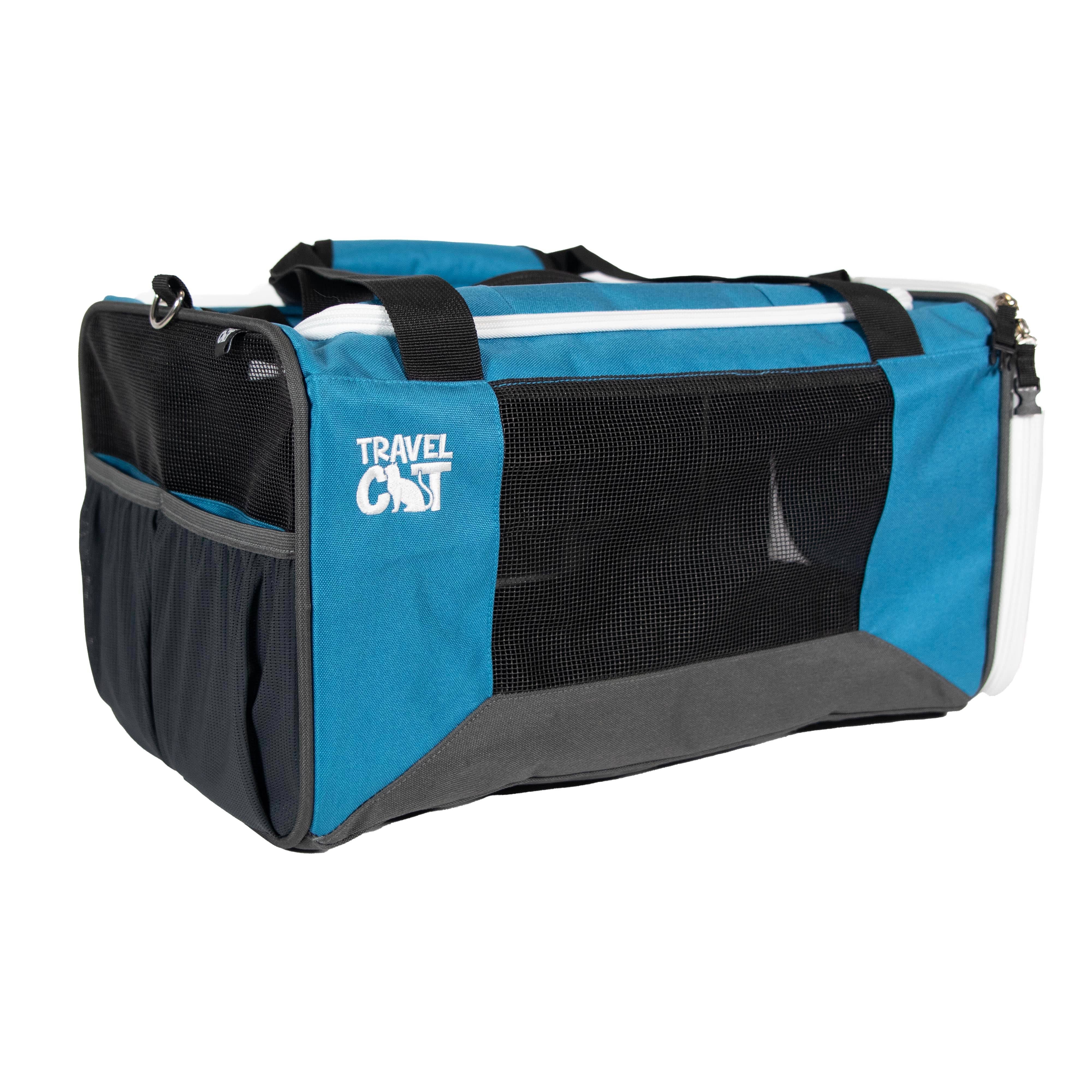
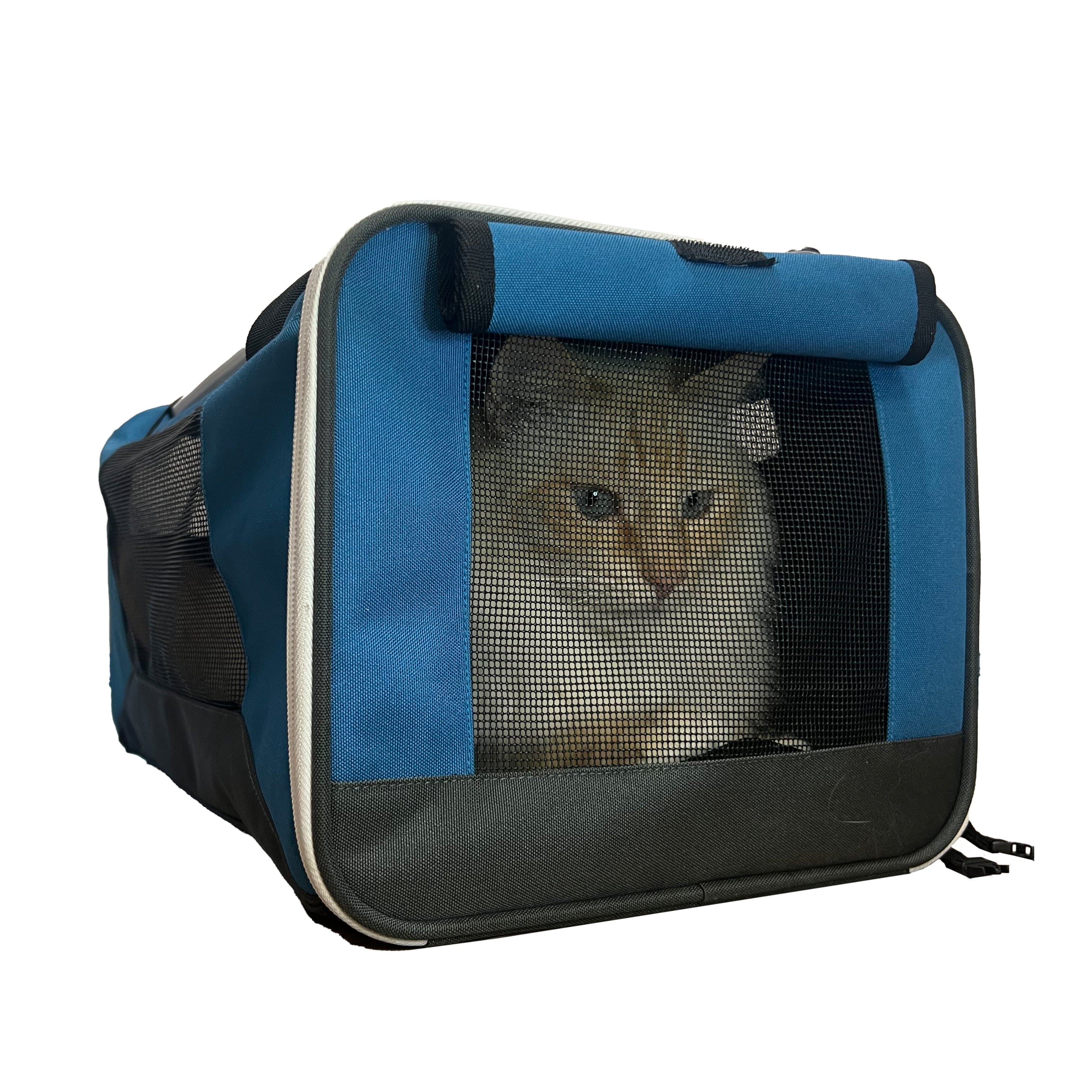
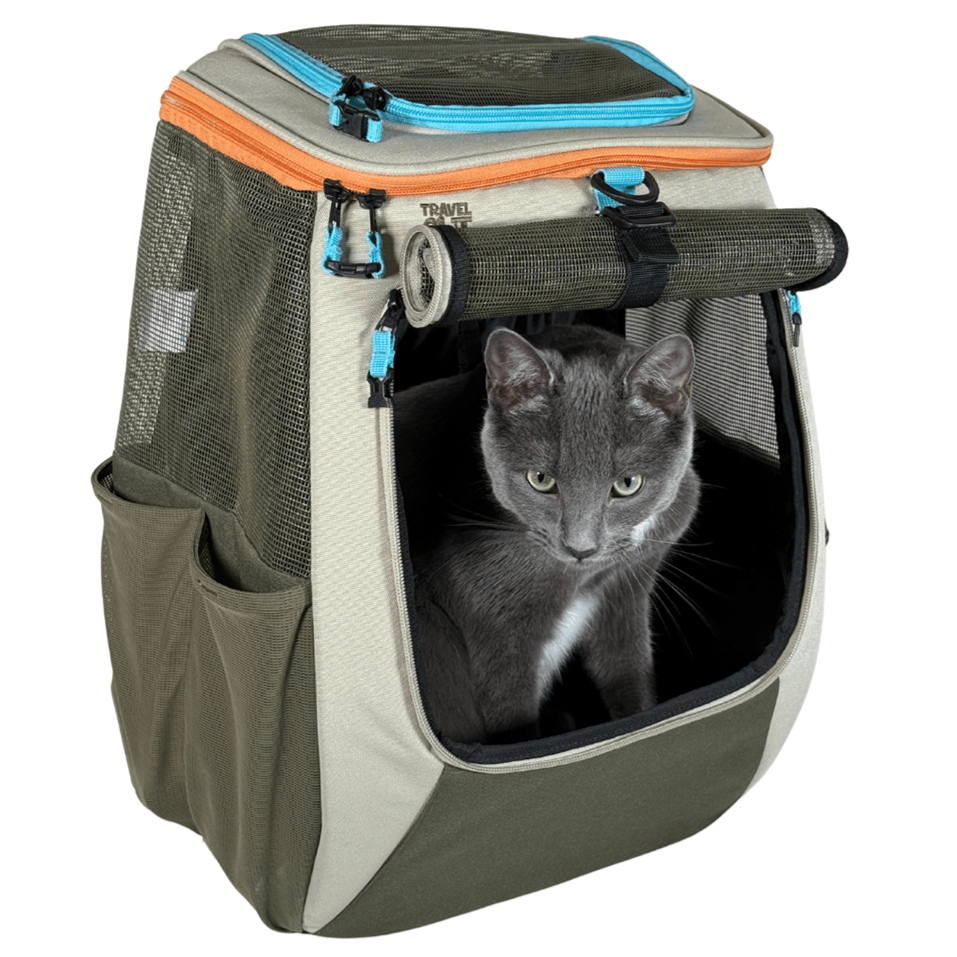
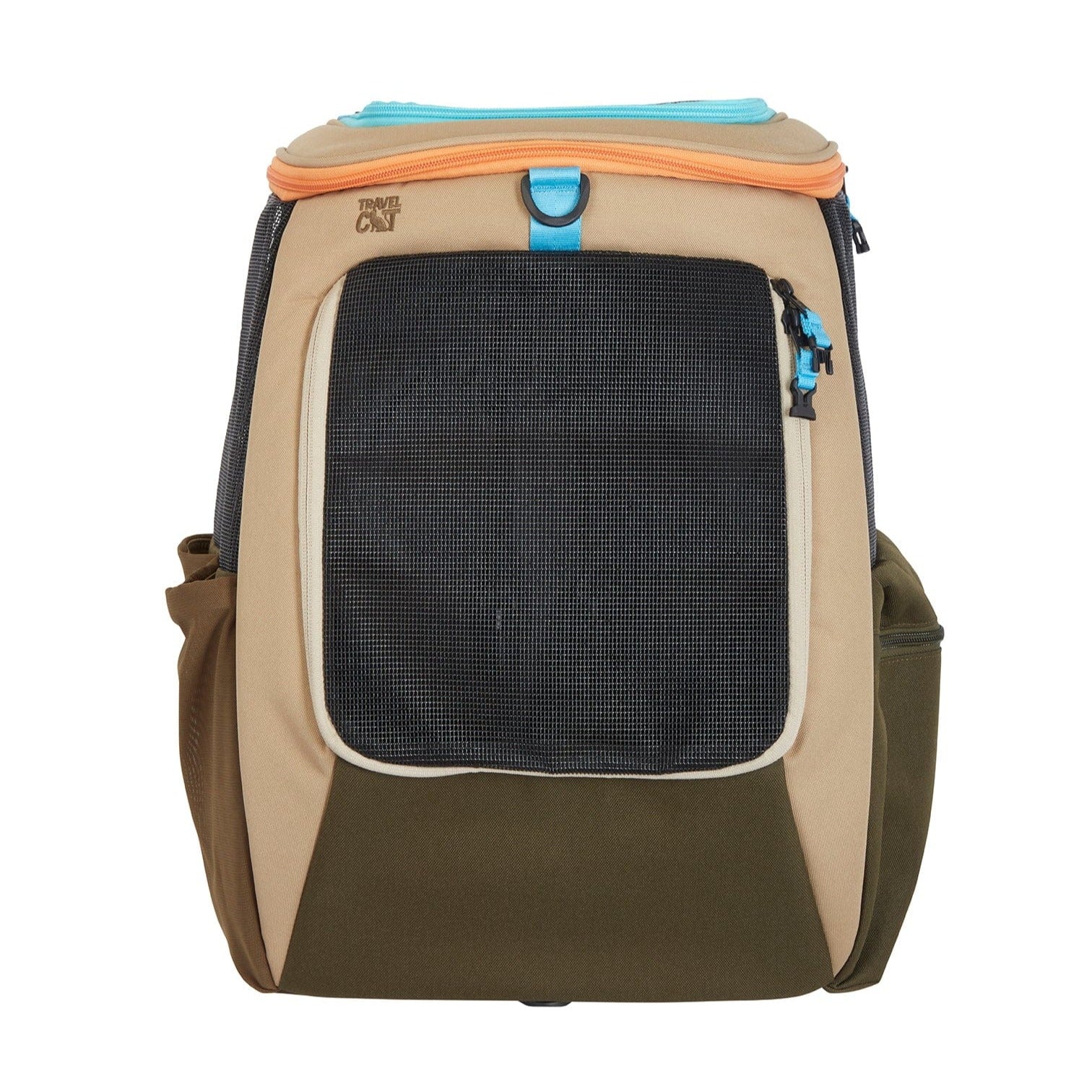

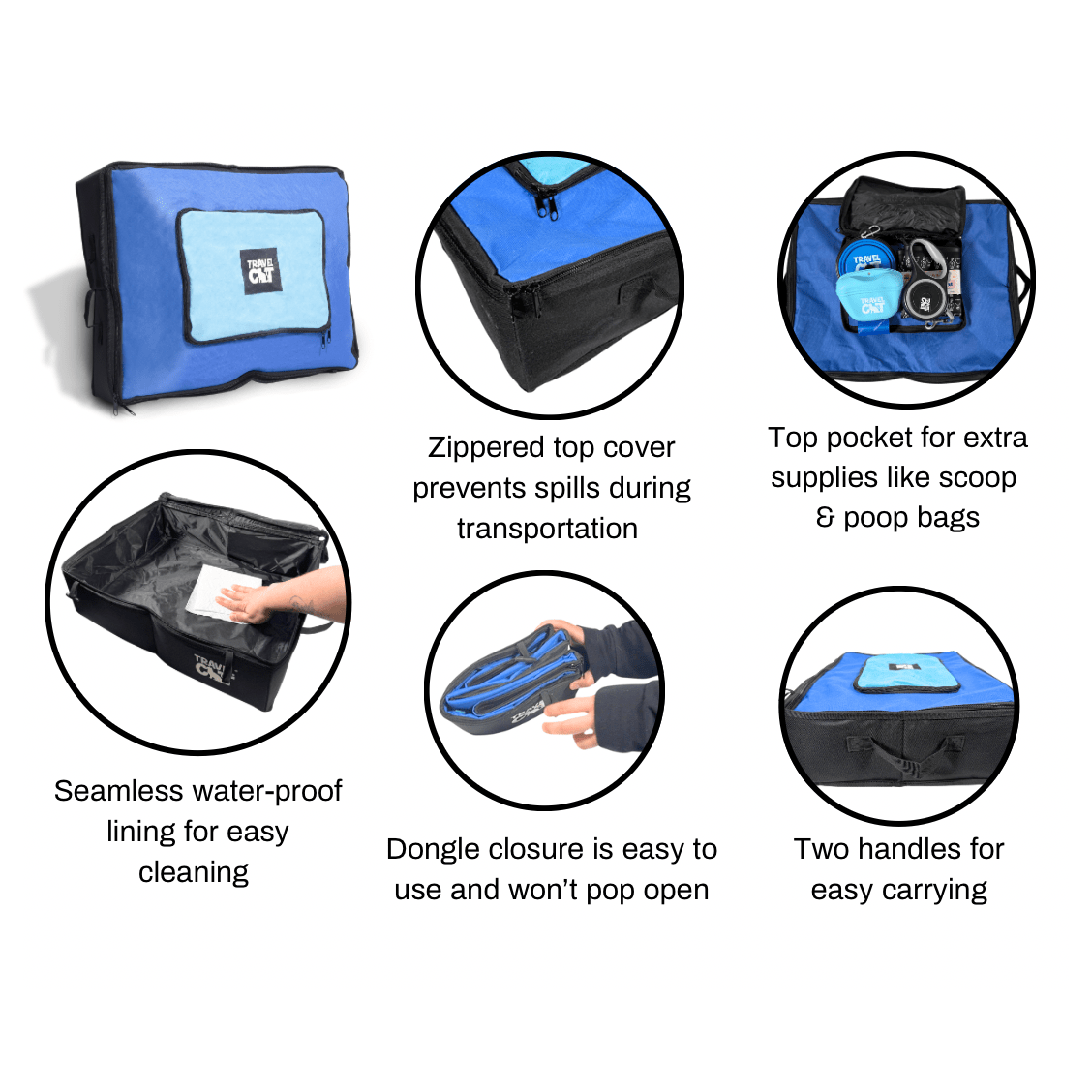
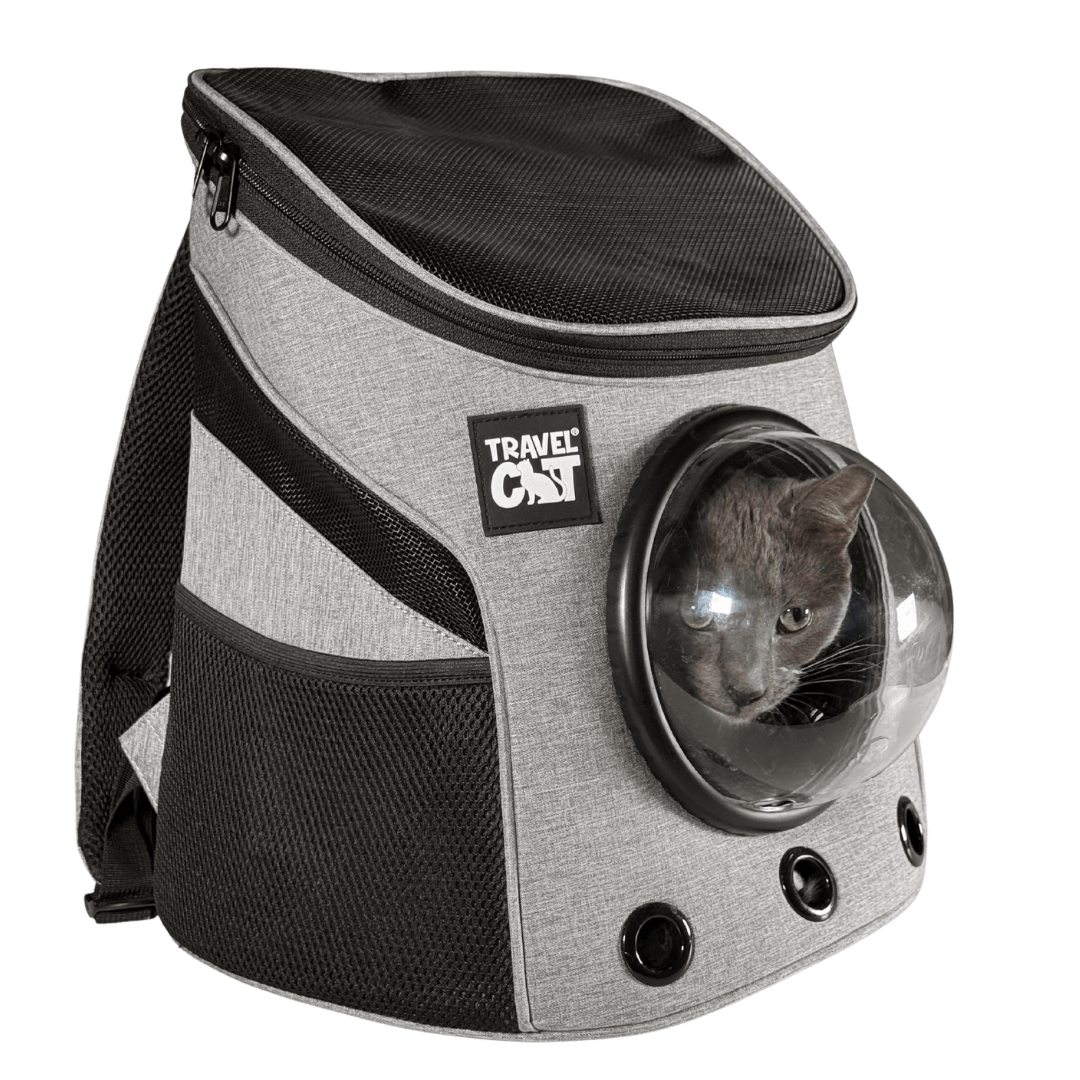
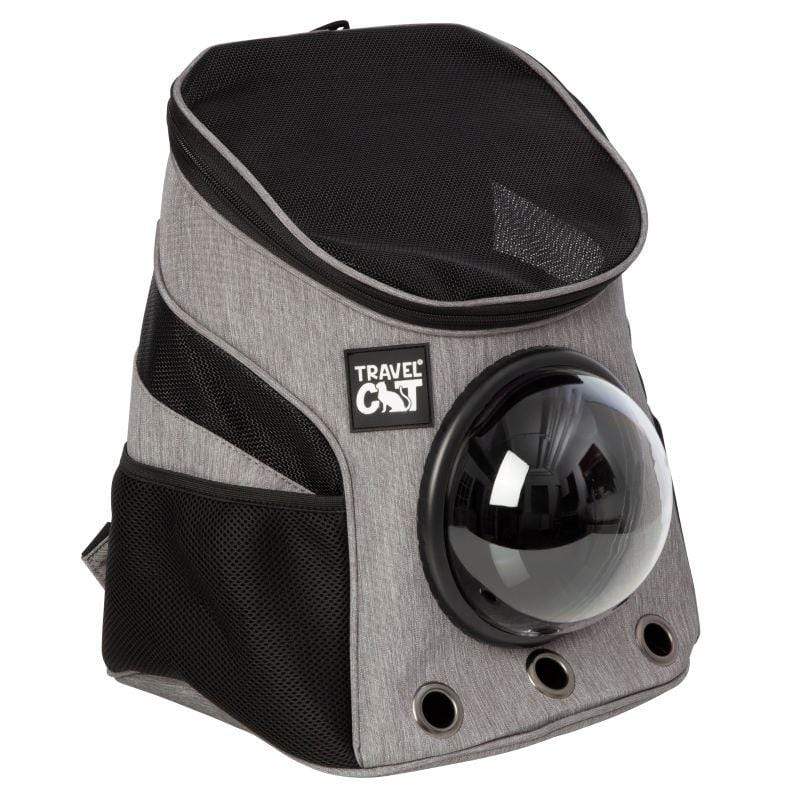
Leave a comment
This site is protected by hCaptcha and the hCaptcha Privacy Policy and Terms of Service apply.